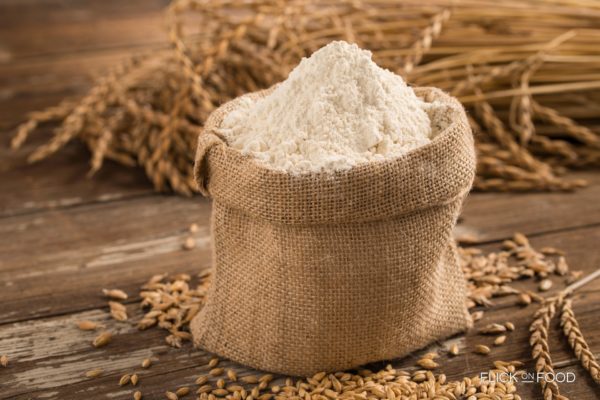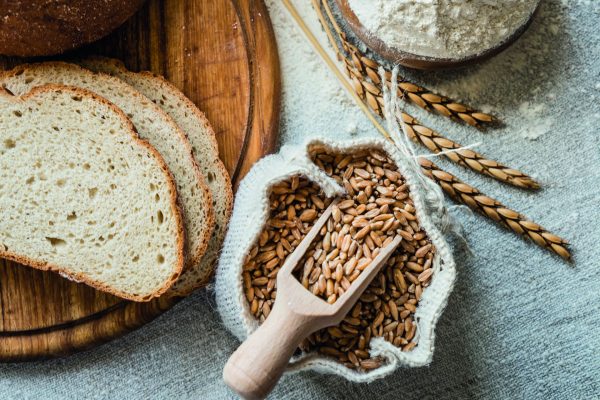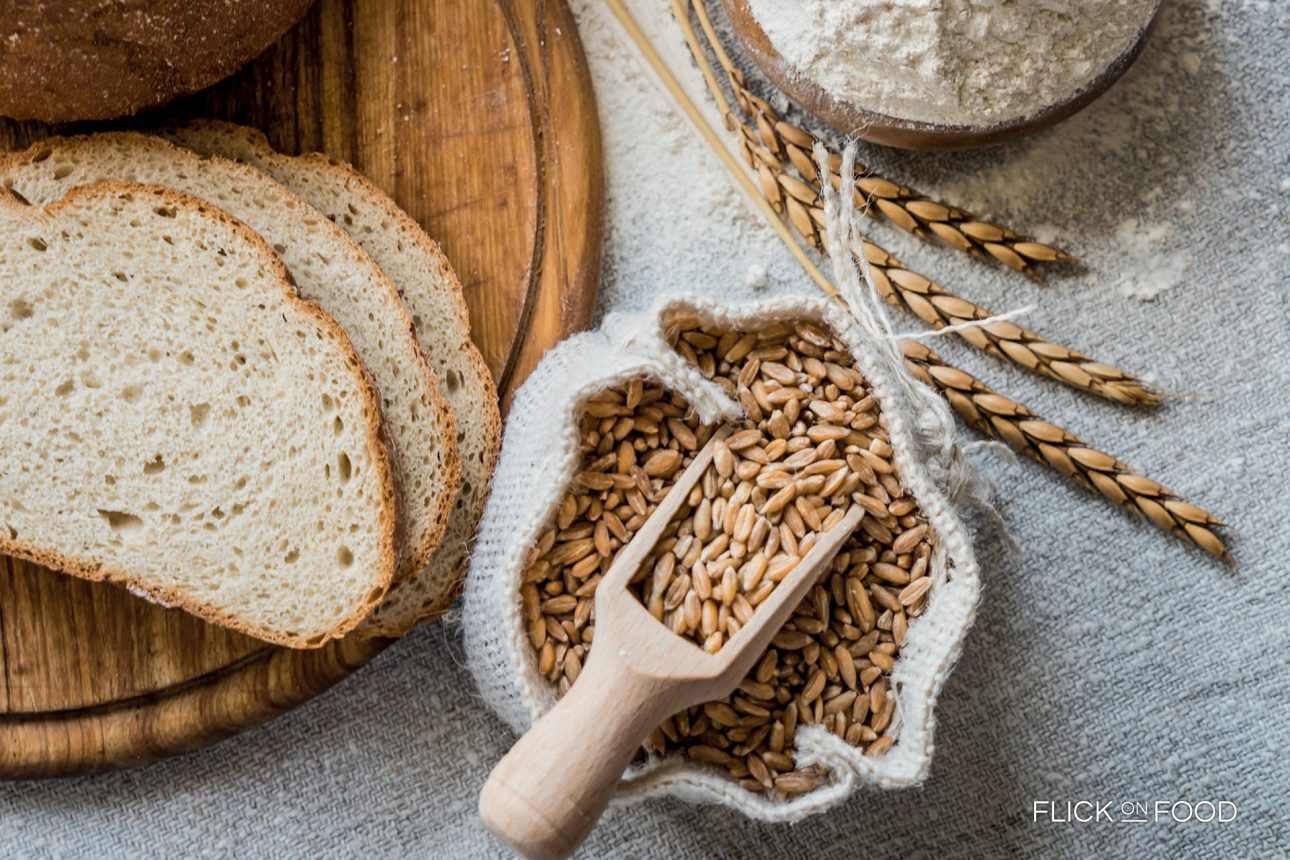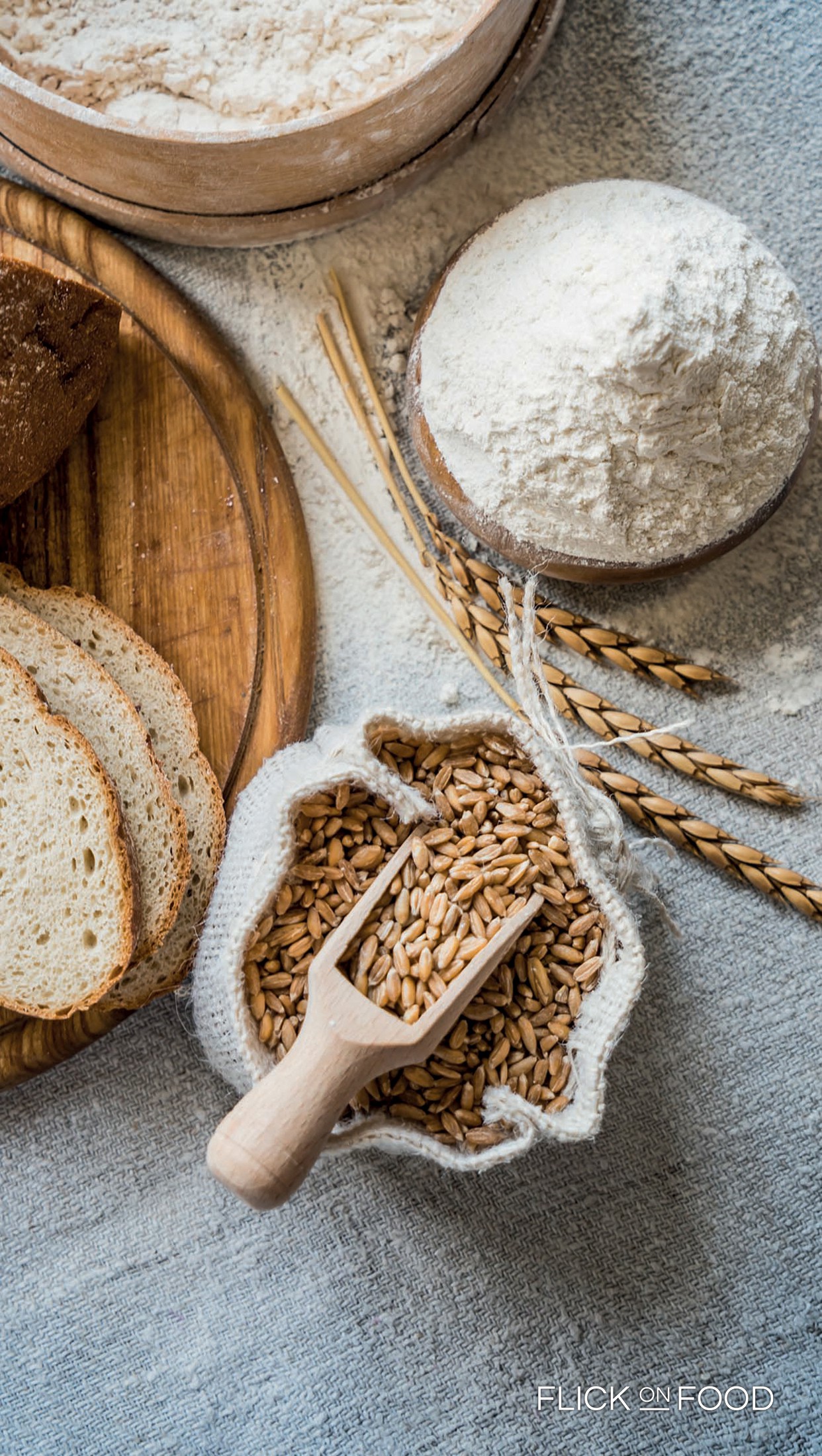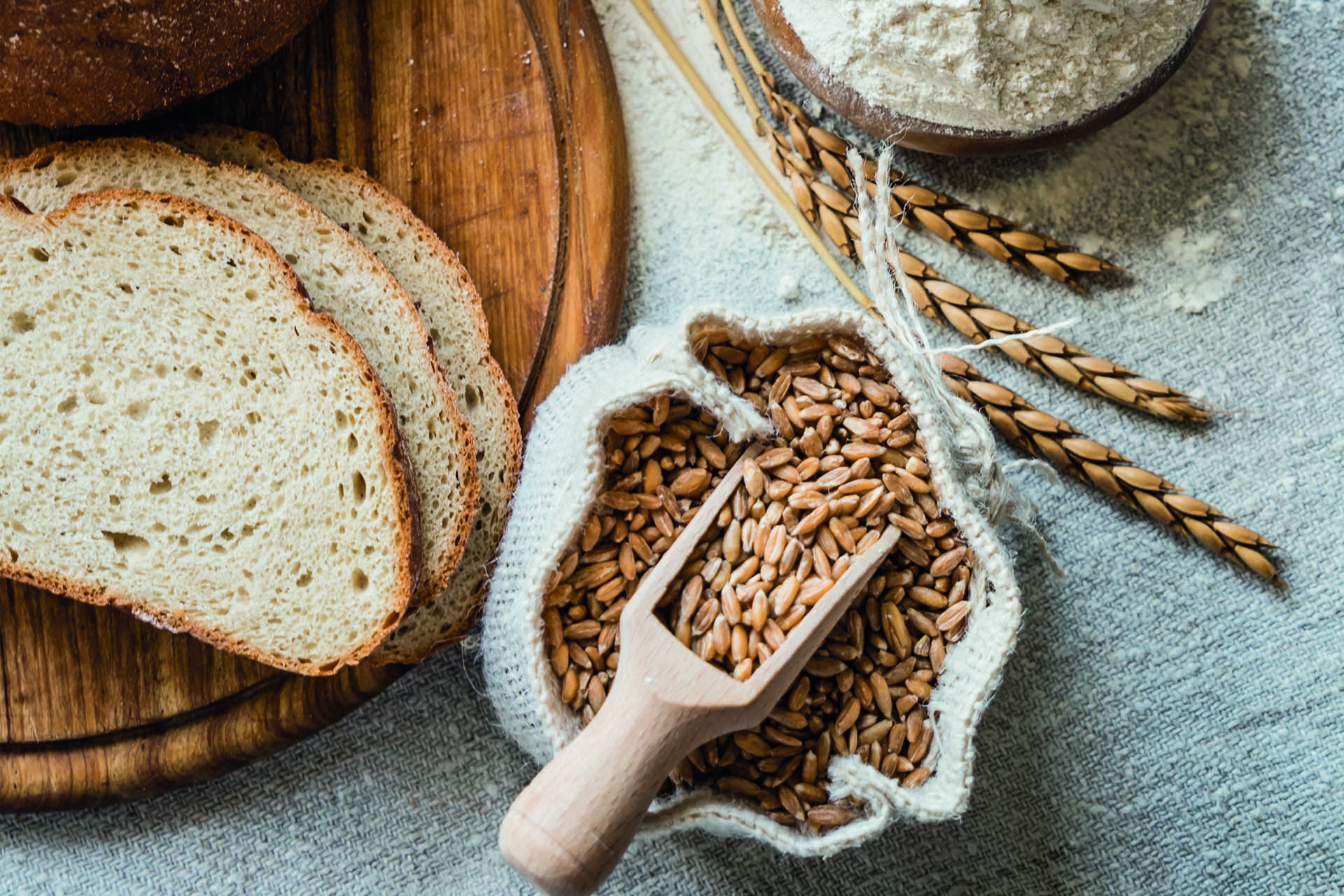
When soaked for a long time spelt grains can be used as filling for pastries.
Origin
Spelt is one of the oldest cereals used by man. It was a staple food for the Assyrians and the Egyptians and it has been harvested since. Recent studies, however, seem to show that spelt is native to Palestine, where a species still grows spontaneously. From there, nomadic shepherds took it to the rest world. In Italy the oldest record of spelt cultivation dates back to 4,300 BC. Its production has centered in Garfagnana for centuries, becoming the area’s main product. Garfagnana spelt obtained protected geographical indication (PGI) status from the European Union in 1996. The soil in Garfagnana is naturally suited for the production of spelt which, in fact, is classified as organic. Spelt is harvested in summer.
Cookit
Spelt is also known as “dressed wheat” in Italy, because the kernels do not come out of the glume during harvesting, leaving the grain perfectly wrapped in its shell. Thanks to its organoleptic properties spelt, like rice, does not need to be soaked before cooking and it cooks in around 30 minutes. Spelt is used in many traditional recipes, from soup to the Garfagnana savory pie. It is in fact a good substitute for bread and pasta and, when made into flour, spelt can be used to make pasta, focaccia, cakes and biscuits.
Did you know
Garfagnana is the cereal’s production area par excellence, its spelt is appreciated for its uniqueness and quality. The geographical connection between spelt and Garfagnana derives mainly from the fact that its local production, besides being genetically adapted to the local environment, provides for the cereal’s peculiar needs in such a way that make it perfectly distinguishable from spelt produced elsewhere.



